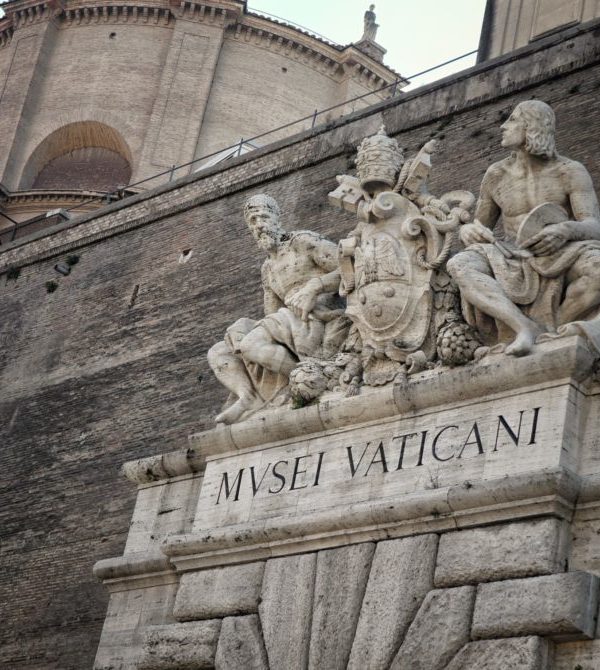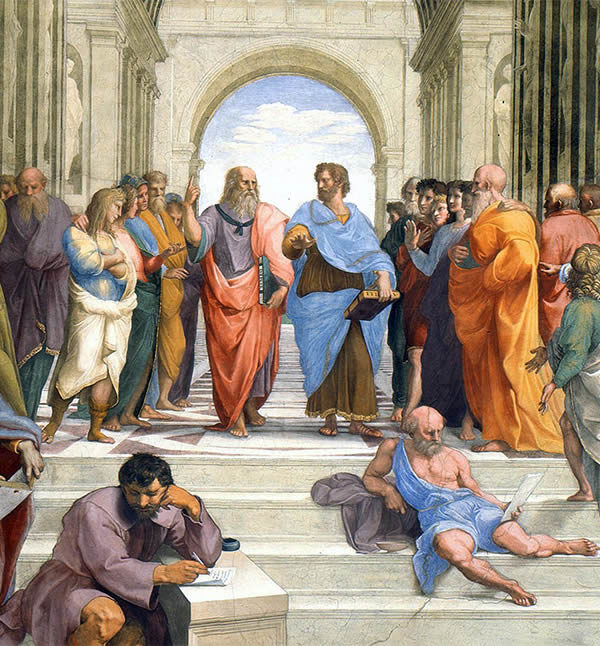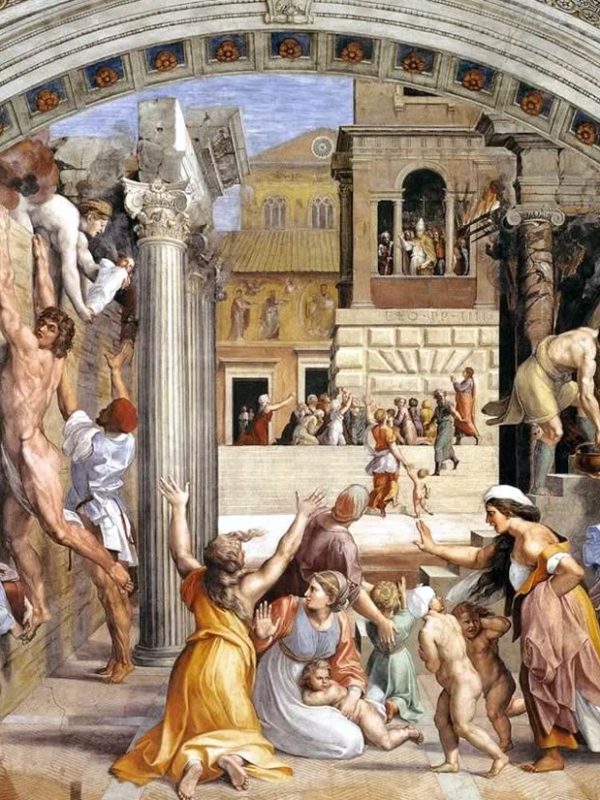The Gallery of Geographical Maps is one of the most fascinating places in the Vatican Museums: a corridor 120 meters long and 6 wide with the representation of Italy as it was in the 16th century: important from both an artistic and a symbolic point of view, the Gallery explains many details of Italy in the sixteenth century.
It takes its name from the forty geographical maps frescoed on the walls depicting the Italian regions and the possessions of the Church at the time of Pope Gregory XIII (1572-1585). They were painted between 1580 and 1585 on the basis of cartoons by Ignazio Danti, a famous geographer of the time.
Considering the Apennines as a dividing element, the regions bathed by the Ligurian and Tyrrhenian seas are depicted on one wall, the regions bathed by the Adriatic on the other. Each regional map is accompanied by the map of the main city.
Two maps make up Puglia, one map Abruzzo and three Marche, with the cities of Macerata, Loreto, Pesaro-Urbino. Four are the cards for Veneto, Lombardy, Friuli and Trentino: at the time incorporated in the Venetian domain. Lazio is instead represented in two geographical maps, with a spectacular map of Rome.
Note the inclusion of a map of Istria, at the time part of Friuli Venezia Giulia, and of the province of Avignon, papal seat.
The vault of the Gallery of Geographical Maps is also painted with miraculous episodes that took place in the region in question, whose map is drawn on the walls. In this way, the project wanted to represent Italy as a territory to which divine grace has been granted.
To complete the gallery, reproductions of the view from the ports of the main seaside cities of the sixteenth century: Ancona, Venice, Civitavecchia and Genoa.
The regions and cities represented in the Gallery of Geographical Maps of the Vatican Museums demonstrate what knowledge of Italian territory was in the sixteenth century. In addition to surprising the proximity with which the world was perceived, the geographical maps testify to a symbolic unity of the nation, anticipated compared to the historical one.
It should be noted that the geographical references that we know today, the north and the south, were not valid in the sixteenth century. Therefore, it is normal if some maps turn upside down.



